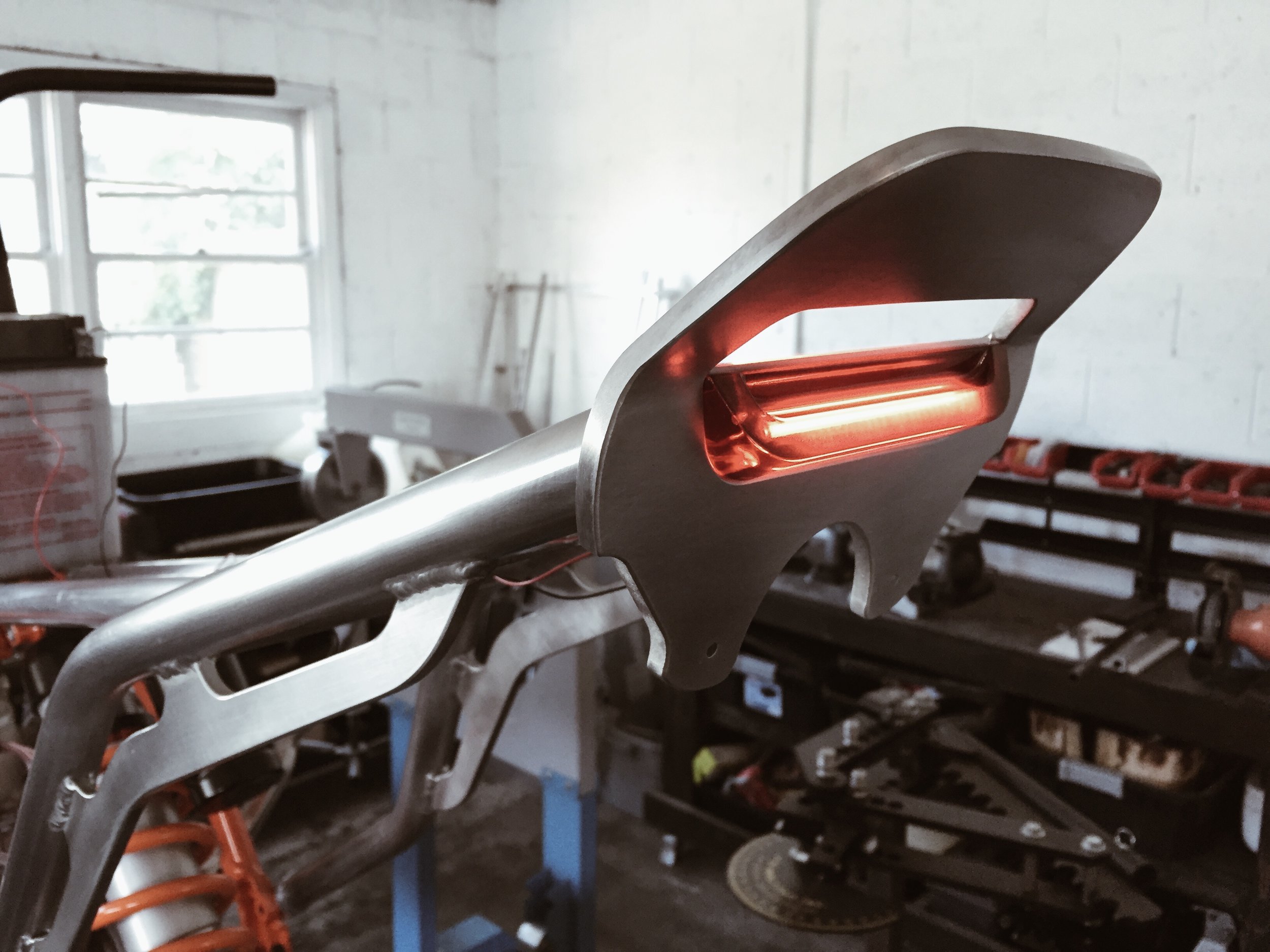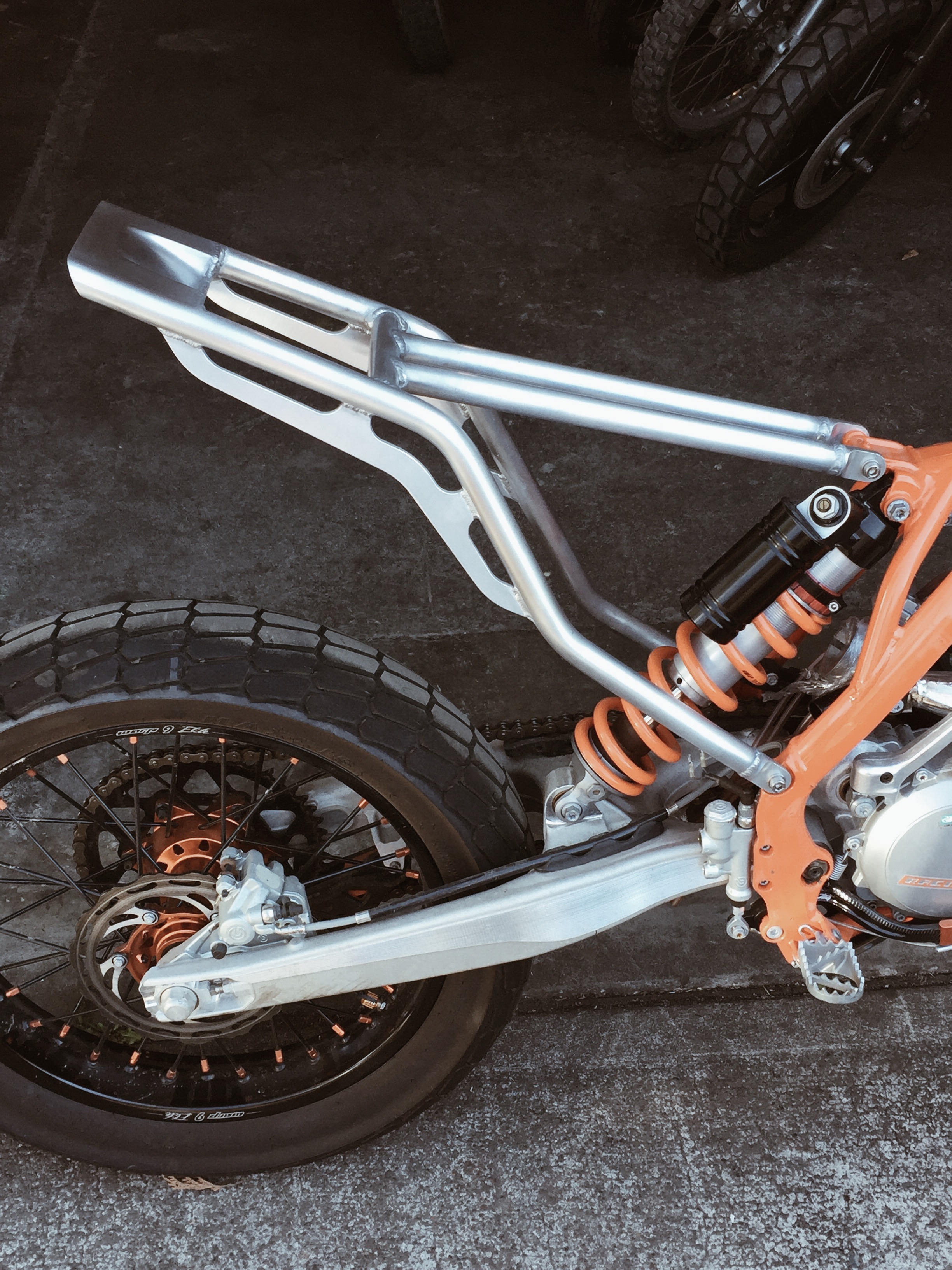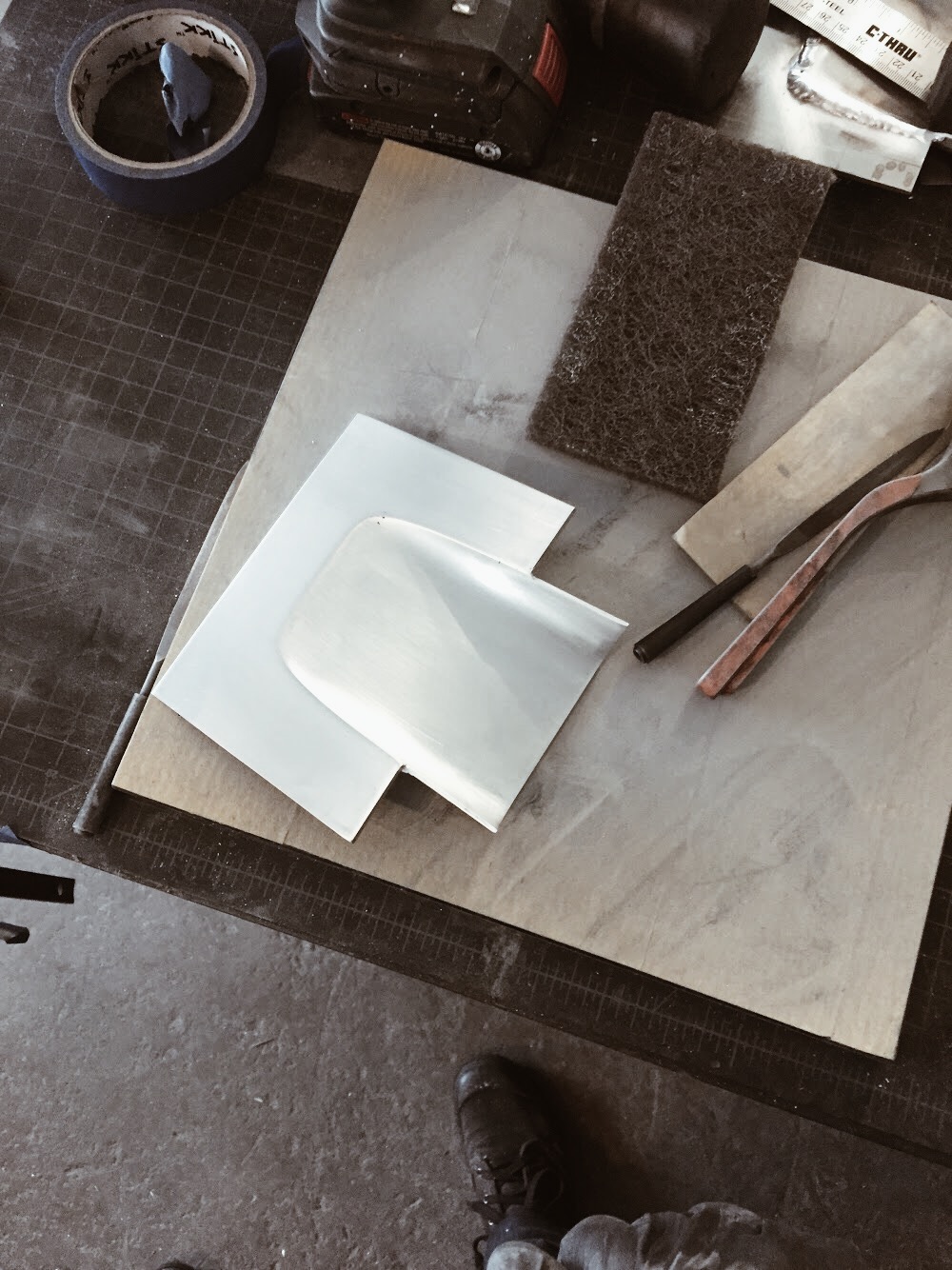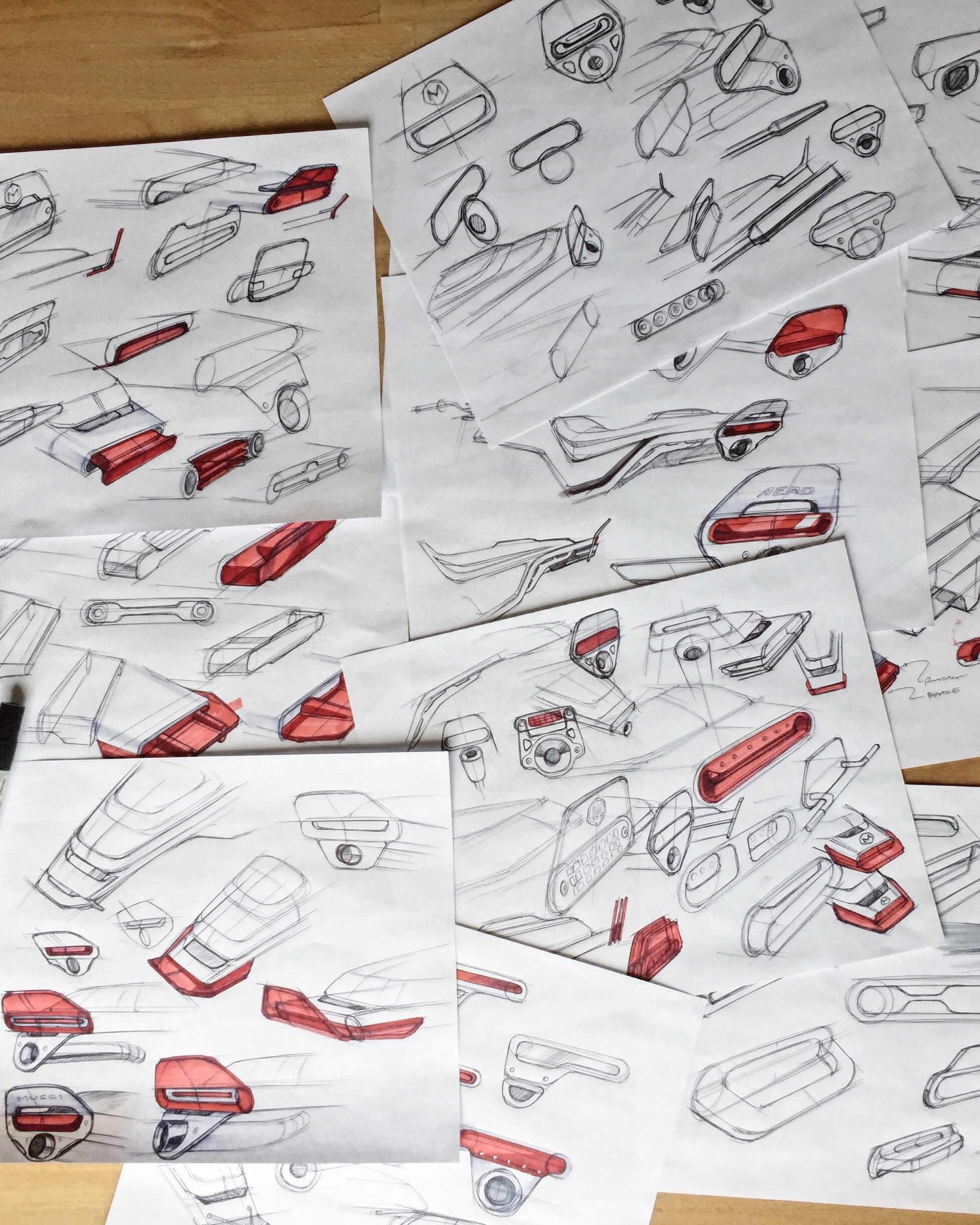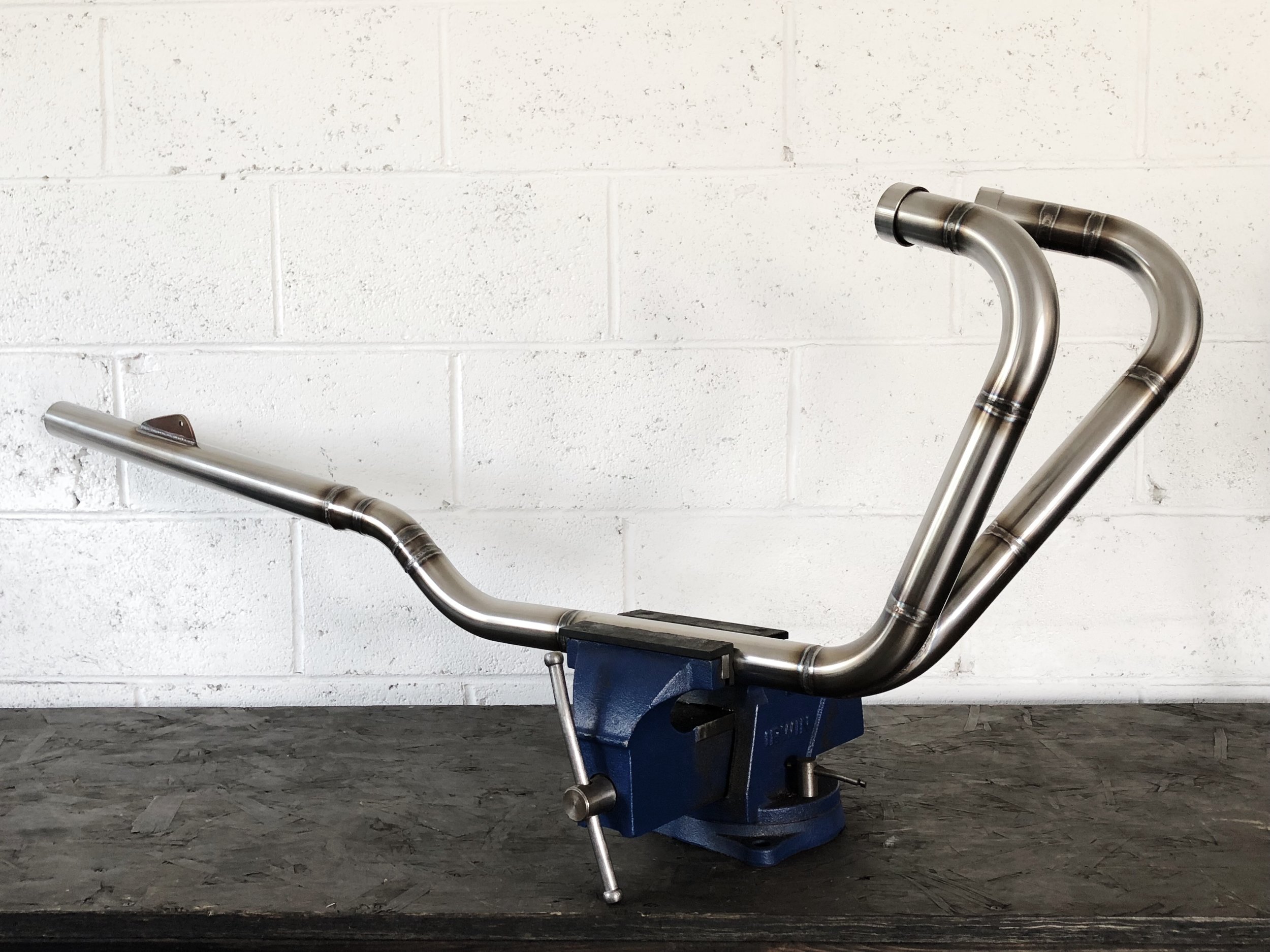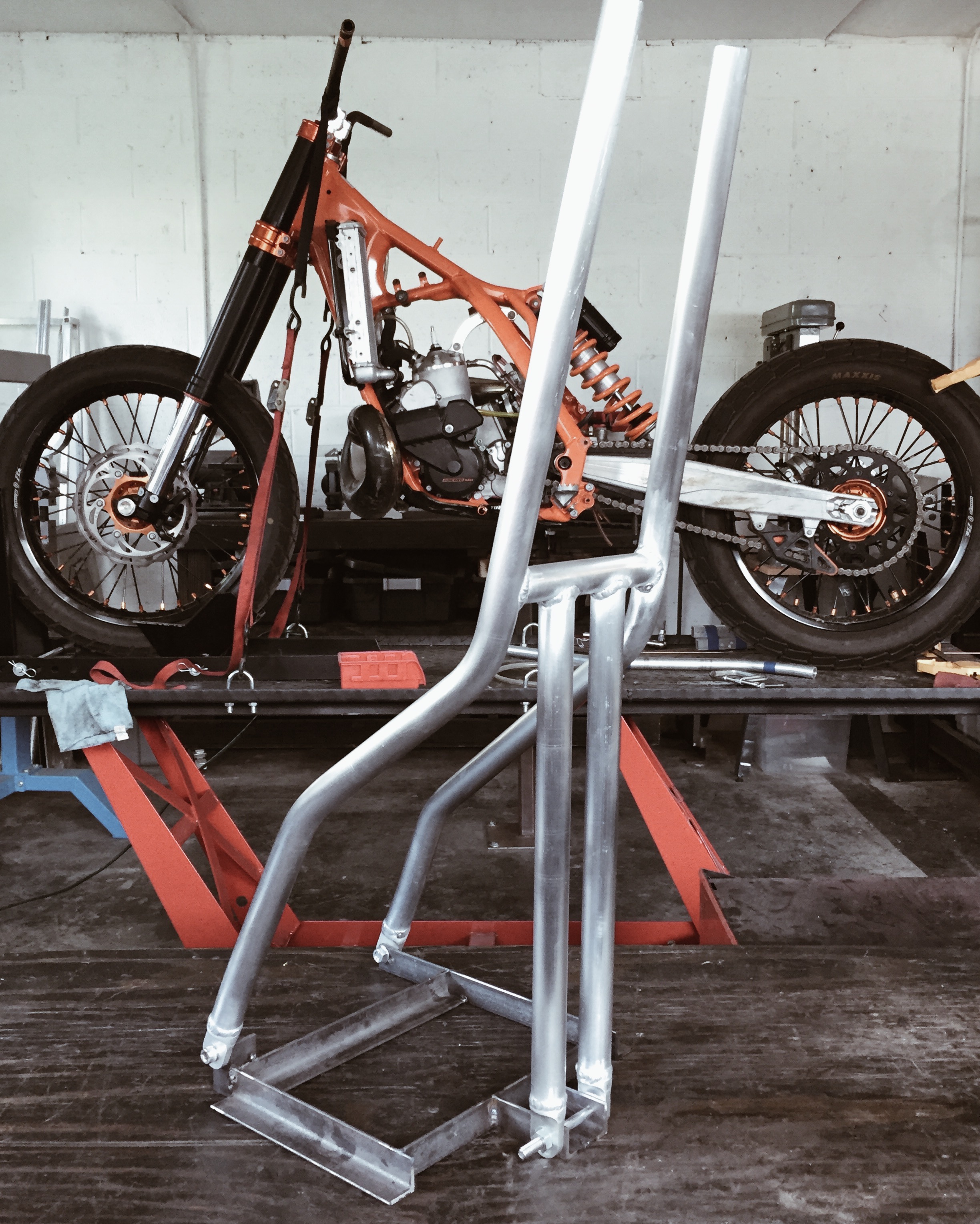DREAMONE50.
/The One Moto Show is one of the few highlights of the winter season for us northern folk. I'm pretty stoked on this year's show. Here's a shot of us rolling in last February.
DREAMONE50: Now Live On BikeEXIF!
/
The DreamONE50 build is now live on BikeEXIF!
This marks the first build under my new company, DRAFT Studio.
Check out the feature here: http://www.bikeexif.com/honda-ca95
DREAMONE50: WSJ View Finders
/Ryan Plett and crew came by the studio yesterday to shoot a feature for an upcoming Wall Street Journal section called View Finders. Ryan's touring the country right now stacking up some amazing content for the column. You can follow him and the column here:
@RyanPlett
@WSJViewFinders
After we wrapped up Maria Papathanasiou hopped on the Dream for a quick impromptu (iPhone) photo shoot. The Golden Hour lighting and vacant industrial district was too much to pass up.
COME PARTY: DreamONE50 Unveil, Deus Chicago Romp, Una Maes Party...Motorcycles and Free Drinks. No Brainer.
/It's going down tomorrow! Honda DreamONE50 unveiling, Deus sponsored ride around Chicago, Party at Una Maes with free beer and giveaways! What else do you want?
...for it not to rain? Yea, sure, but Metric Coffee will be there to dole out enough caffeine to make you mentally impervious to sky water so we've got you covered.
DREAMONE50: Aww Shoot
/
Spent the day with Pat Daly shooting the 1962 Honda Dream 150 build. I've had my head down in this bike for so long that I keep forgetting what it looked like when we pulled it out of the barn over a year ago. It feels pretty good when a bike that hasn't run in 40+ years starts on the first kick every time. If only I fit on it...
Come check out the Dream, ride and party with us this Saturday for the Parts & Labor event!
DREAM ONE50: Piece by Piece
/
Dream ONE50 Update:
All the parts are finally back from plating so we've begun the final assembly on the 1962 Honda Dream 150. Now it's time to dial in the final details. Here are the super rad, super bright, 25 LED Prism Moto Co. tail lights all operational and such. They're 12V units running on a 6V system that previously didn't have turn signals... which took a few trials to get right. They now function as run/stop/turns, are blindingly bright, and were well worth all the effort.
PROJECT DREAMONE50: How To Replicate an Exhaust 101
/Turns out finding a clean set of headers for one of the first motorcycles Honda brought to the US is nearly impossible. Lucky for me the Honda CA95 exhaust may be the easiest system to replicate. The radii of the bends differ slightly from the left to right cylinder but otherwise they're just one bend then straight back. The only aftermarket systems out there are from Taiwan and are not mandrel bent. This means the pipes have a crushed inner radius and are oval through the bend zone. I bought a set of these to check them out. They were indeed total shit. Here's a quick tutorial on how I made a fresh set.
The first hurdle I had was sourcing the correct mandrel U-bend sections. Pipe bends are measured by their center line radius, or CLR. The pipes on this bike are only 1.25"OD so they're difficult to find especially in specific radii. My stock bend measurements were around 4.00" CLR for the left cylinder and 3.75" CLR for the right. I found U-Bends in the 3.75" measurement at www.mandrel-bends.com but could not find 4" anywhere. So I bought 2 of the 3.75" to see if I could make it work. Which I did. I won't leave you hanging.
1. Chopped out the bend section of the stock pipes, leaving at least a couple inches of straight on either end.2. Set up the above jig to map out the angle coming from before and after the radius.
3. Fit the new bend into the jig aligning it against one of it's straight sections. In this case the upper straight. Mark where the lower portion of the bend touches the jig/wood and mark your cut at 90 degrees to the jig.
4. Chop it. Above is showing what the new setup will look like pre-weld.5. Put the stock pipe with header flange back into the jig and mark where the flange ends (I marked it on the upper piece of wood.)
6. Chop the header fittings from the old pipes (or buy / make new ones if you can. I didn't have anything that could recreate this style flange.)
7. Chop the new pipe down (engine side) per your measurements then tack the old flange onto the new pipe. It's always best to tack weld things together until you're sure everything fits before fully welding. This lets you snap the pieces apart easily should something not line up.
8. I installed the header with tacked on flange to the engine then hovered the straight section in there to make sure the exit angle was correct. I then tacked the straight sections on exactly where I wanted them. Don't forget to match pipe exit height from the rear of the bike.
Here they are all tacked together. I probably used 4 tacks per intersection. You want enough tacks for them to hold their own weight.
9. Time to weld! Make sure you have 3-4 tacks evenly spaced around the pipe before welding. This will prevent the pipes from warping away from eachother due to the heat of welding. Throw them back on afterwards to check your work. If they moved you probably either didn't have enough tacks and/or used too much heat.
10. Time to smooth the welds. You can use a pretty coarse file to knock the welds down flat to begin with then just step to a medium and fine grit. Your goal is to get all the scratches from the previous grit out. Take it slow, it's time consuming. You don't want to dip into the new pipe otherwise you'll create a valley in that area that will be visible after polishing. Always hit it at a 45 degree angle to avoid deeply scoring the pipe with the edge of the file. After hitting it with a fine grit file I bring the pipe to the bench grinder where I go over it with a medium and fine grit metal finishing wheel. They're basically Scotch-Brite pads in wheel form. 3M and Norton make good ones.
That's all for now. I still have some hours of filing and polishing to do to these welds. After that I'll start making some rear brackets and mounting for the bafles.







































